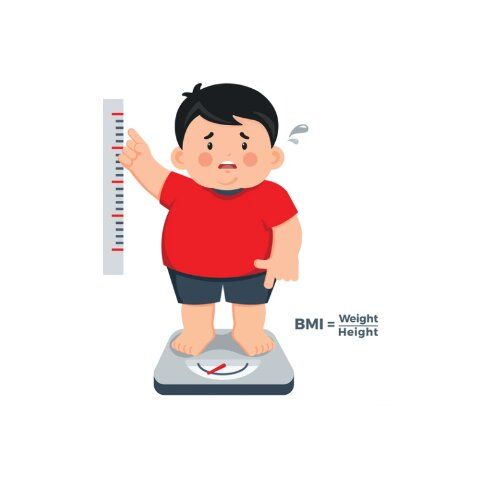What Causes It?
Dietary transition - Rapid shift from traditional Indian diets to Western-style eating patterns with increased consumption of sugary beverages, fast food, and ultra-processed foods. The Obesity Foundation of India reports soda consumption has increased 300% in the last two decades.
Changing food culture - Traditional Indian cuisine being replaced with high-calorie, low-nutrient options, particularly in urban areas where food delivery apps and international fast food chains have proliferated.
Reduced physical activity - Decreased outdoor play due to academic pressure, limited safe play spaces in urban areas, and reduced emphasis on physical education in Indian schools. Research shows growing preference for indoor activities in Indian children.
Academic pressure - The intense focus on academic achievement in Indian education system often leaves little time for physical activity, with many children attending school, tuition classes, and having long hours of homework.
Increased screen time - Growing access to smartphones, computers, and television across India, with studies showing Indian children in urban areas spend an average of 5-7 hours daily on screens.
Urban living patterns - Limited outdoor spaces, air pollution in major cities, and safety concerns restricting children's movement and outdoor activity in urban India.
Cultural attitudes toward body size - Traditional beliefs in some Indian communities that associate chubbiness in children with good health, prosperity, and good parenting.
Socioeconomic factors - Higher prevalence in middle and upper socioeconomic groups in India, contrary to patterns in many Western countries. A study from northern India found childhood obesity prevalence of 5.59% in higher socioeconomic strata compared to 0.42% in lower socioeconomic strata.
Genetic predisposition - Studies indicate Indians may have a genetic predisposition to central adiposity and insulin resistance, making them more vulnerable to metabolic complications even at lower BMI levels.
Sleep patterns - Changing sleep habits, particularly in urban India, with children sleeping later due to academic pressure and screen use.
Medical conditions - Though rare, conditions like hypothyroidism (which has a higher prevalence in certain regions of India due to iodine deficiency), and other endocrine disorders can contribute to weight gain.
Transportation changes - Increased use of motorized transport instead of walking or cycling, particularly in urban centers as families acquire vehicles with rising affluence.
Signs & Symptoms
Physical signs:
Weight disproportionate to height and age compared to growth charts.
BMI at or above the 95th percentile for age and sex.
Accelerated weight gain that crosses growth percentiles upward.
Stretch marks (striae) on the abdomen, hips, and back.
Acanthosis nigricans - darkened, velvety skin patches typically on the neck, armpits, or groin, often indicating insulin resistance.
Early puberty, especially in girls.
Orthopedic problems like flat feet, knock knees, or hip pain.
Shortness of breath with physical activity.
Snoring or breathing problems during sleep.
Health complications that may develop:
High blood pressure and elevated cholesterol levels.
Impaired glucose tolerance, insulin resistance, or type 2 diabetes.
Asthma and other respiratory problems.
Sleep apnea or other sleep disorders.
Nonalcoholic fatty liver disease.
Gallstones or gallbladder disease.
Psychological and social impacts:
Low self-esteem and negative body image.
Social isolation or difficulty with peer relationships.
Bullying or teasing experiences.
Symptoms of anxiety or depression.
Behavioral issues related to eating, including secretive eating or loss of control with food.
